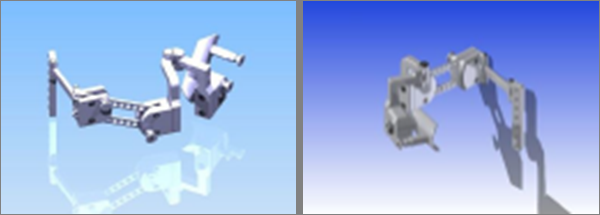Robotics exoskeleton for shoulder rehabilitation

A team from the Centre for Automation and Robotics (CAR, UPM-CSIC) has developed a robotic exoskeleton for efficient rehabilitation therapies for patients with shoulder injuries. By using strength and motion sensors, the system assesses the degree of an injury and its evolution as the treatment progresses.
Additionally, the use of this system is simple and easily adaptable to any patient. These features represent not only a great advantage for patients, who recover faster, but also for healthcare providers who treat these injuries every day.
The human shoulder is one of the most complex joints in the human body, due to its wide variety of motions. The interrelationship among its parts makes rehabilitation complex after an injury when compared to other skeletal-muscle injuries.
Rehabilitation therapies performed by intelligent robotic systems have been shown to reduce patients' recovery time. However, there are very few robotic systems for recovery of shoulder injuries. Thus, researchers from CAR have developed a robotic exoskeleton that, apart from lessening the recovery time of an injury, assesses and registers the progress of the entire rehabilitation process.
According to the main researcher, Cecilia García Cena, simulating the skeletal system is not enough to develop this exoskeleton. It also needed to incorporate the kinematics and dynamics of a complete model that accounts for the skeletal system, muscles, tendons and ligaments. All these elements are included in the new intelligent robotic system.
The exoskeleton is inexpensive, easy to use and adaptable to any patient. This system can help to relieve saturated rehabilitation units, with the consequent saving in the healthcare system.



















